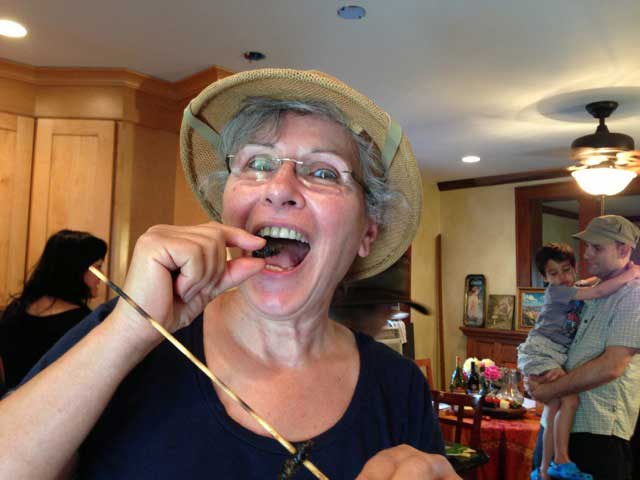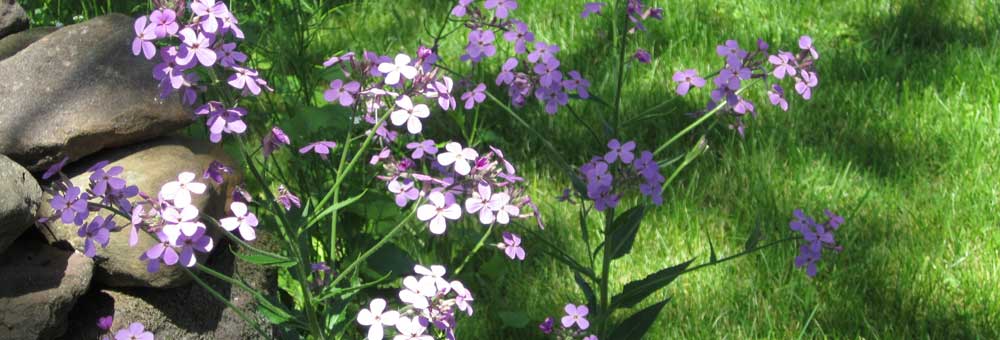Nutrition: The Wonders of Winter Cress

The Wonders of Winter Cress
by Lisa Caccamise
In the Northeastern winter months, there is not much in way of foraged foods to harvest. That’s why wise foragers are busy in the spring, summer and fall months gathering up tasty items to either pickle, freeze or dry for the few months of barren earth scare of bounty. However, there is one particular green that dots fields or open spaces and survives pretty well under or breaking through the snow or frozen ground. The green is called Winter Cress (barbaria vulgaris). Of all the cresses, winter cress is the most durable. A member of the mustard family and a close relation to watercress, winter cress has a pungent, peppery taste when eaten raw yet mellows quite notably when cooked. Both the dark and glossy green leaves and the yellow flower buds of winter cress can be eaten, however the leaves are best raw just before flowering. After flowering, which occurs any time in April and through to August, the leaves and flower buds must be par-boiled in two changes of water in order to tone down bitterness before preparing into dishes or freezing for future use.
As with all foraged plants, the nutritional value of winter cress is very high. Lifelong forager, Euell Gibbons, who put many foraged foods through nutritional evaluation reported in his 1966 book, Stalking the Healthful Herbs, that “100 grams (3 1/2 ounces) of winter cress (that’s about half of a 5 ounce bag of pre-packaged spinach you would find in the grocery store) contains an impressive 5,067 I.U. of Vitamin A and 152 milligrams of vitamin C. By comparison, the same weight of raw broccoli spears (which most resemble the flowers of the winter cress) rates only 2,500 I.U. of vitamin A . . . and oranges, which of course are universally acknowledged as a good source of vitamin C, provide comparatively a measly 50 milligrams of C per 100 grams! “ Pretty astonishing.
Throughout history, winter cress was used as a preventive to scurvy, a disease resulting from a deficiency of vitamin C causing spongy gums, loss of teeth, jaundice, fever, depression, lethargy and in extreme cases, death, long before citrus fruits were available to places like Europe and America. Winter cress has been much beloved in the South where they actually process the leaves with salt and pork fat then package them in cans with vibrant yellow labels selling it in grocery stores under the name “Betty Ann’s Creesy Greens” with the words “dry land cress” written in parenthesis just under the title. There is no doubt that this little plant packs a pretty good punch to be so helpful, healthful and beloved.
If you are out on a walk through your own yard or a field, keep an eye out for some green patches, or later in the spring, masses of yellow patches as it is probably winter cress. Grab some just before flowering and you can toss the leaves right into salads or use on sandwiches for a nice peppery bite. Cut the flowers just at bud level and toss them along with with some greens, if you like, into boiling water for about 2-3 minutes. Drain, rinse and taste. If too bitter, boil again for 2-3 minutes then drain, rinse and taste. When the flavor is to your liking you can use the leaves just as you would any cooking green and the flower buds just as you would broccoli. Yum!




You must be logged in to post a comment Login